1. Ancient religious craft: Originated in the Tang dynasty around 1400 years ago, pile embroidery was only for religious (Buddhism) use until recent years.
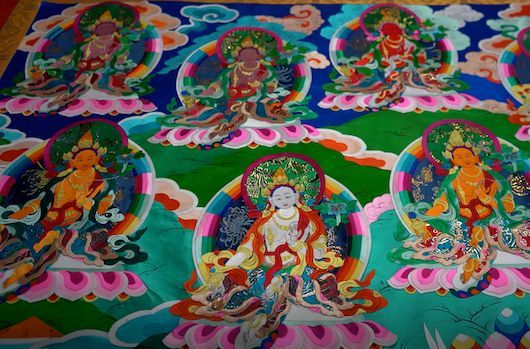
2. Located in the Northwest part of China: Xining, the capital city of Qinghai province. It is a beautiful city filled with multiculturalism, where Buddhism, Daoism and Islam are all prevalent at the same time.

3. No needles or threads needed: It is a type of embroidery without the use of needles or threads, instead, it uses natural glue, fabric, paper and scissors.

4. Three types of pile embroidery: flat pile embroidery, medium-pile embroidery, and high-pile embroidery. Flat pile embroidery has no fillings, you just stick the fabric on top of the shaped paper directly. For the other two, you only need to stick the edges of the paper with the fabrics and fill in the cotton inside.
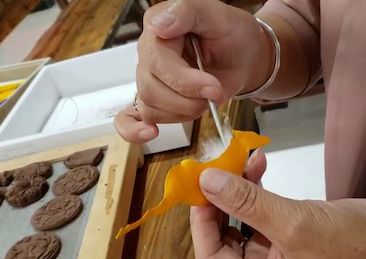

5. Grids are important: You need to design on paper and draw grids on the back of the paper, cut the designed paper into parts, stick the colorful fabric on the paper parts and then glue them back together by aligning the grids on the back of the paper.
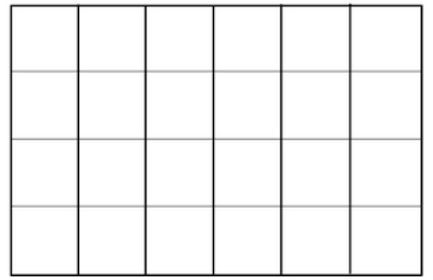
6. Gluing is difficult: When gluing the fabric on paper, you need to spread the glue evenly on the paper, otherwise it will bubble. If you put too much glue on one spot it will show a watermark on the fabric. The whole process is very intricate and hard to maneuver.

7. Water should not be mixed with paint: When drawing details (i.e. eyes) on fabric, water should not be used to mix with the paint, it will leave a watermark and ruin the fabric.
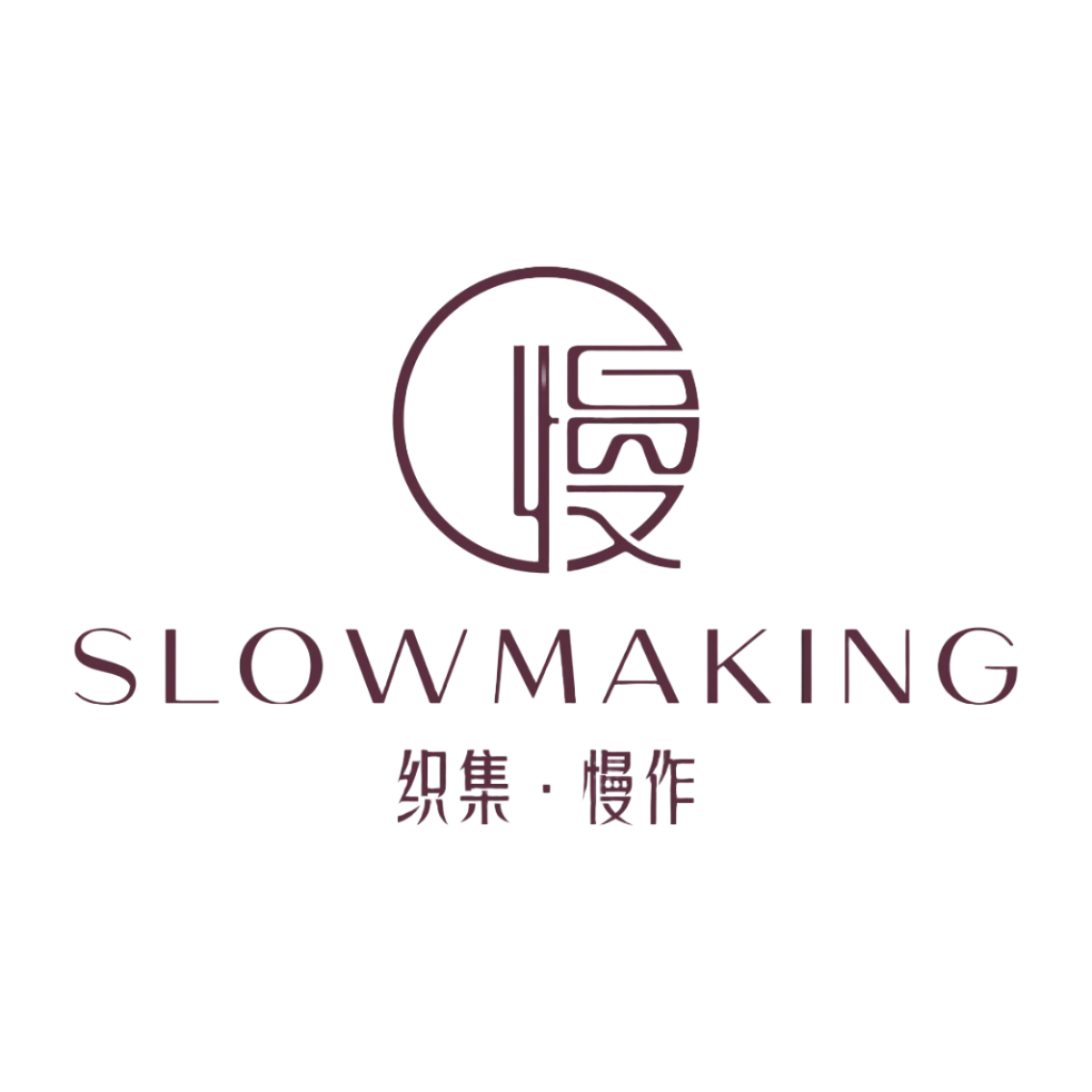
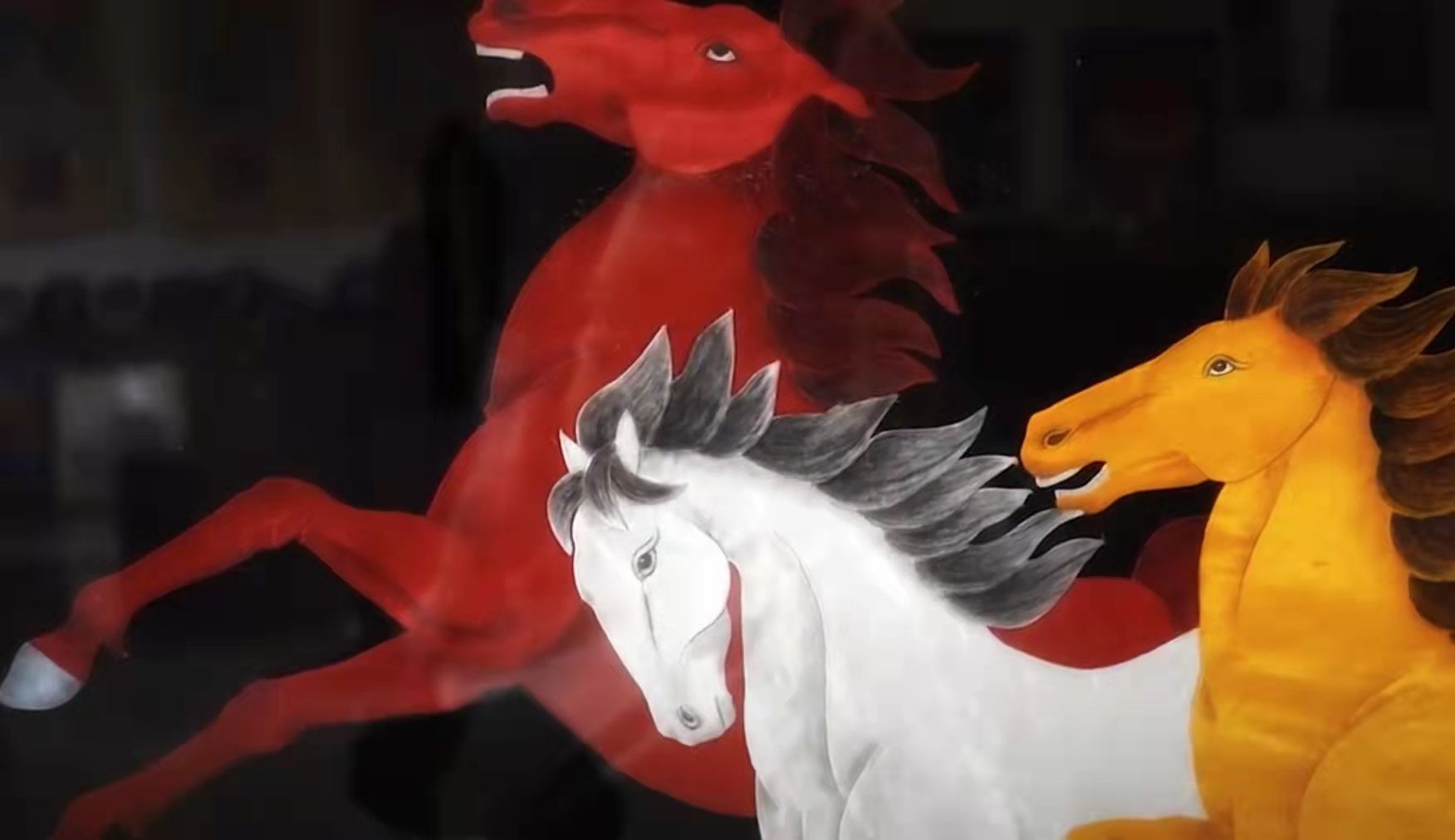
Share:
10 Things you didn’t know about Chinese batik
8 Things you didn't know about Gambiered silk